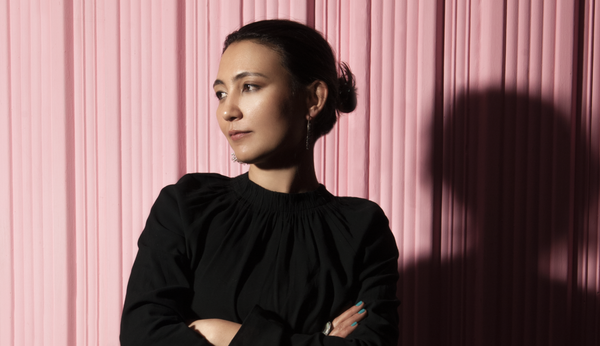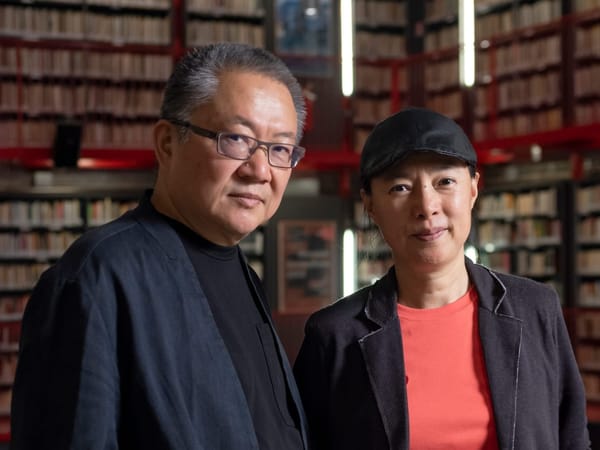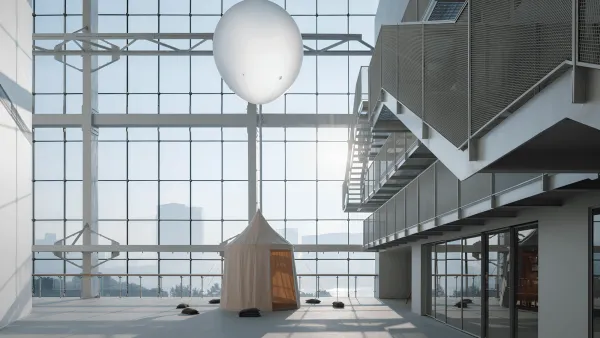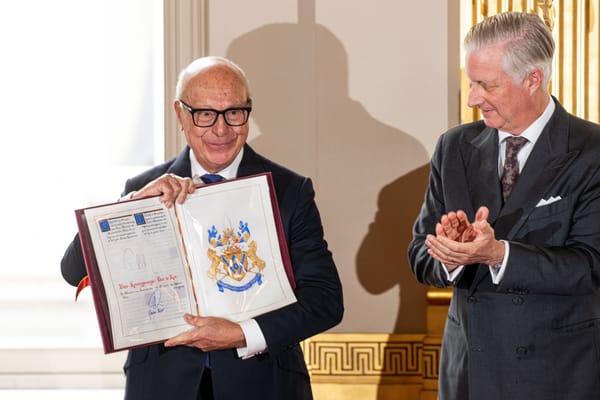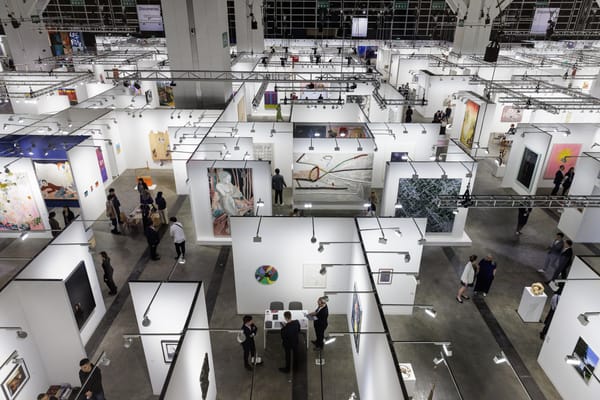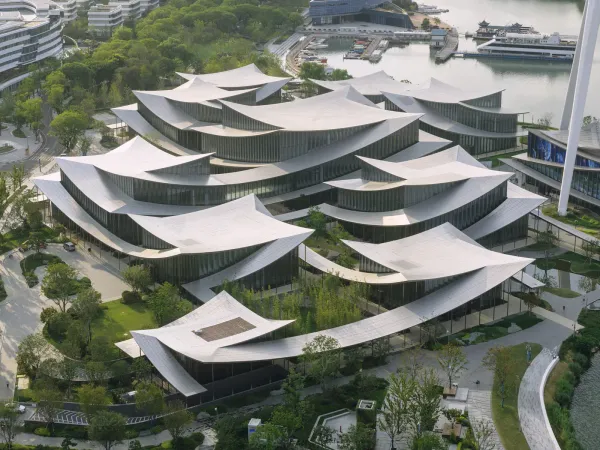News
Art World Decries Russian Invasion of Ukraine
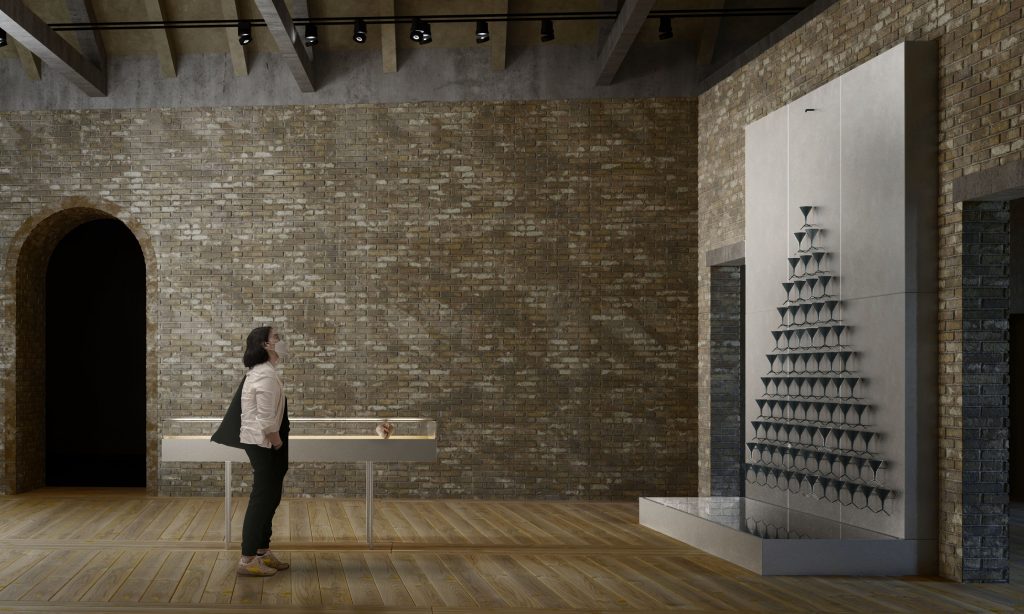

In response to the Russian invasion of Ukraine that began on February 24, arts communities and creative professionals across the world are standing in solidarity with the people of Ukraine and voicing support by quitting exhibitions, joining demonstrations, or other actions.
Preparations for the 59th Venice Biennale’s Ukraine Pavilion, set to feature the work of Pavlo Makov, were halted on February 25, as bombardments and unstable conditions made working impossible for the artist and curatorial team. Two days later, curator Raimundas Malašauskas as well as artists Alexandra Sukhareva and Kirill Savchenkov of the Russia Pavilion, which is commissioned and financially supported by officials of Vladimir Putin’s government, announced their withdrawal from the Biennale. In a statement, Malašauskas wrote, “This war is politically and emotionally unbearable. I was born and formed in Lithuania when it was part of the Soviet Union. I have lived through the Soviet Union’s dissolution in 1989 and have witnessed and enjoyed my country’s development ever since. The idea of going back to or forward with living under a Russian or any other empire is simply intolerable.” The curator also expressed his admiration and respect for Sukhareva and Savchenkov: “They and so many other brilliant Russian artists are committed to the freedom of thinking, despite the fact that they live in an increasingly repressive context.” Sukhareva’s own social-media post reads: “There is no place for art when civilians are dying under the fire of missiles, when citizens of Ukraine are hiding in shelters, when Russian protesters are getting silenced.”
On February 28, the Ukraine Pavilion issued a follow-up statement about Russia’s presence at Venice. Though the text was written before the withdrawal of the Russian pavilion’s artists and curator, the Ukrainian team decided to release it afterward anyway, to emphasize the problematic lack of response from the Russia Pavilion’s commissioners and the Venice Biennale itself: “All these years the global society frowned upon Russian actions but continued to enable the aggressor by allowing Russia to be a part of political, informational, economical and cultural discourse. It is time to change this.”
Meanwhile, the International Committee for Museums and Collections of Modern Art (CIMAM) has condemned the invasion, and the Museum Watch Committee, on behalf of the board of CIMAM, has stated that it will provide support to art professionals based in Ukraine: “[We are] investigating the immediate needs of our colleagues and ways in which we can help . . . and we ask all members of CIMAM to actively consider ways they can act to show their solidarity with our colleagues.”
In Moscow, the private Garage Museum of Contemporary Art closed on Saturday, stating that it will “stop work on all exhibitions until the human and political tragedy that is unfolding in Ukraine has ceased,” according to an announcement sent to press.
Other institutions across the globe, such as basis voor actuele kunst in Utrecht and New York’s e-flux, have issued statements supporting Ukraine while sharing links for humanitarian aid.
Artists and curators have taken individual actions as well. Russian artist and founder of protest-art group Pussy Riot Nadya Tolokonnikova is minting 10,000 Ukrainian flags on the Ethereum blockchain, with all proceeds going to Ukraine. Cosmin Costinas, co-curator of the Romania Pavilion for the upcoming Venice Biennale, and artistic director of the Kathmandu Triennale, shared on social media a call for an anti-war protest outside the Russian Embassy in Kathmandu. Japanese artist Yoshitomo Nara posted on Twitter and Instagram stories his anti-war paintings, which feature his iconic girl figure with texts such as “Think about peace” and “Stop the Bombs.” Hong Kong-based Luke Ching Chin Wai posted an old childhood photo of Putin and urged the president to “look into your own eyes and realize there’s no reason for war.” Chinese artist and filmmaker Cao Fei shared her latest installation featuring human-size matryoshka dolls rolling on the grass near the China-Russia border, and reposted in her stories “Stop War, Stop Putin.” From Tokyo, Takashi Murakami posted his iconic painting of smiling flowers colored in blue and yellow, a tribute to the Ukrainian flag. In Reykjavik, Yoko Ono’s public artwork Imagine Peace Tower (2008) was lit to “emphasize the call for peace.” The artist tweeted, “Think PEACE, Act PEACE, Spread PEACE, Imagine PEACE. Together, we will shift the axis of the world to PEACE.”
